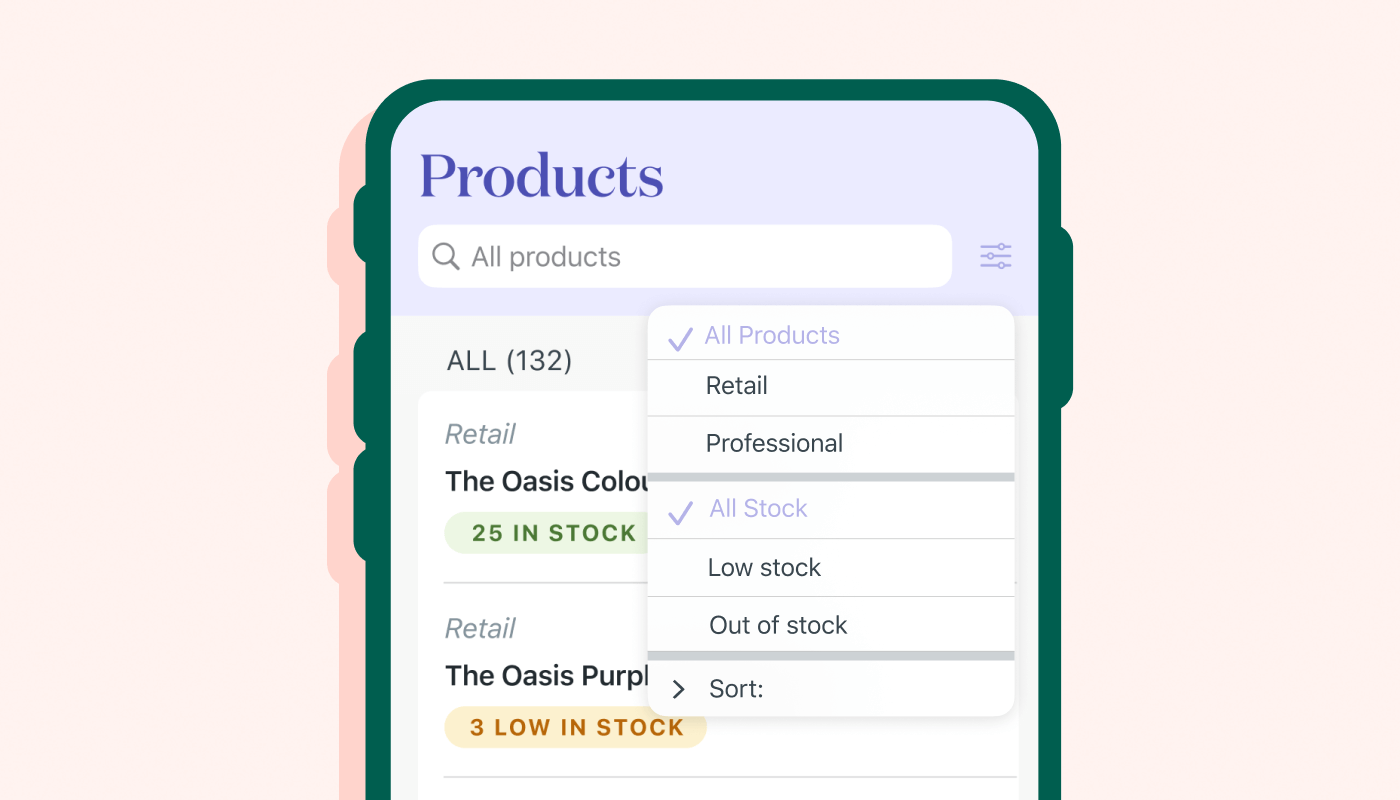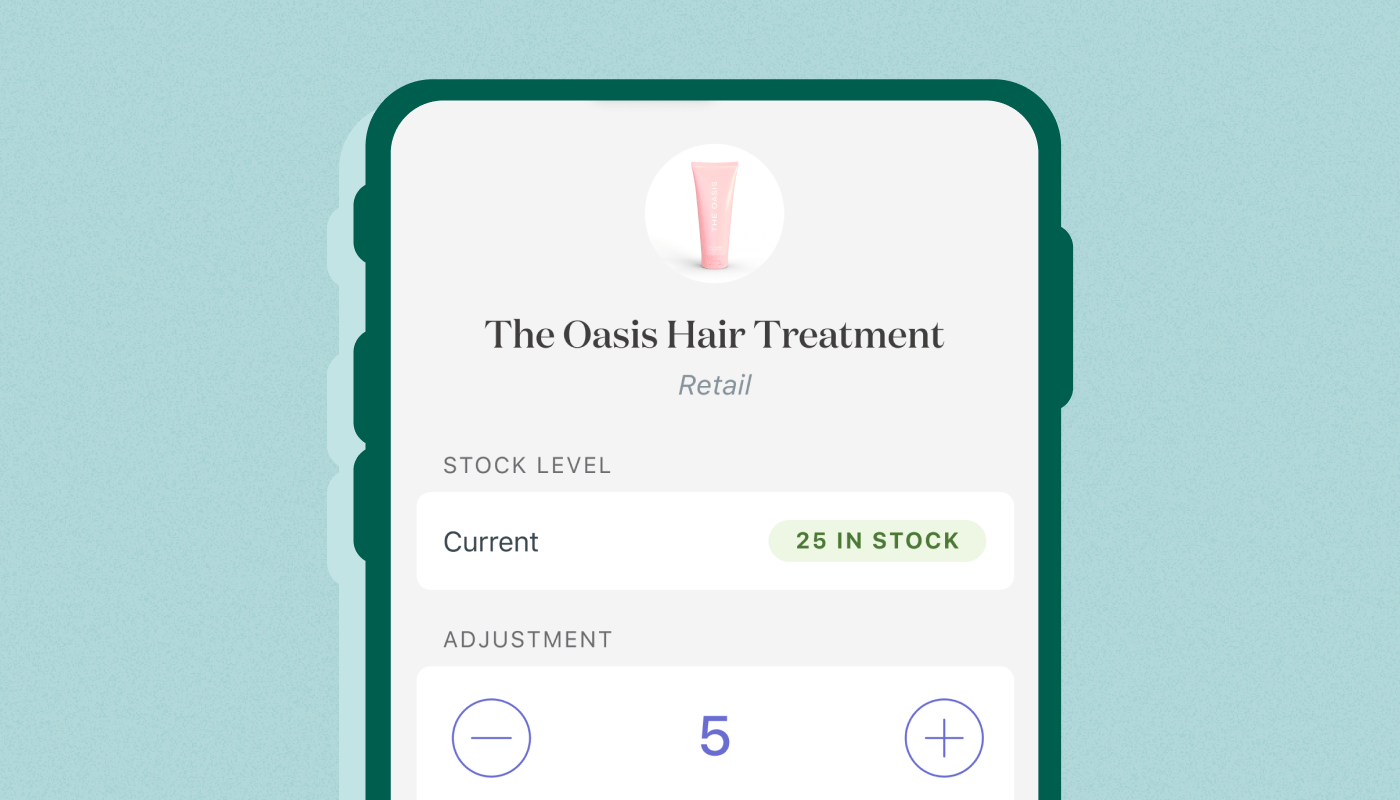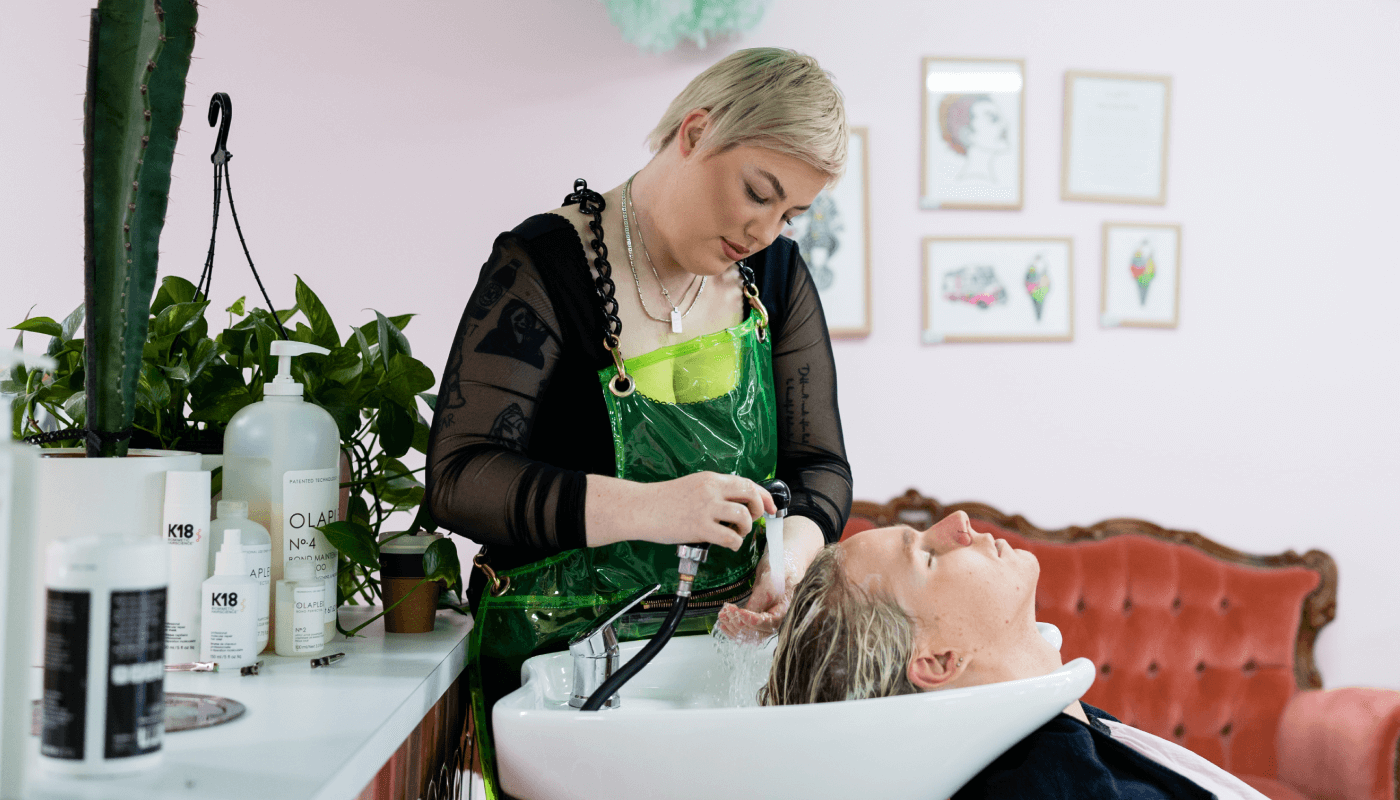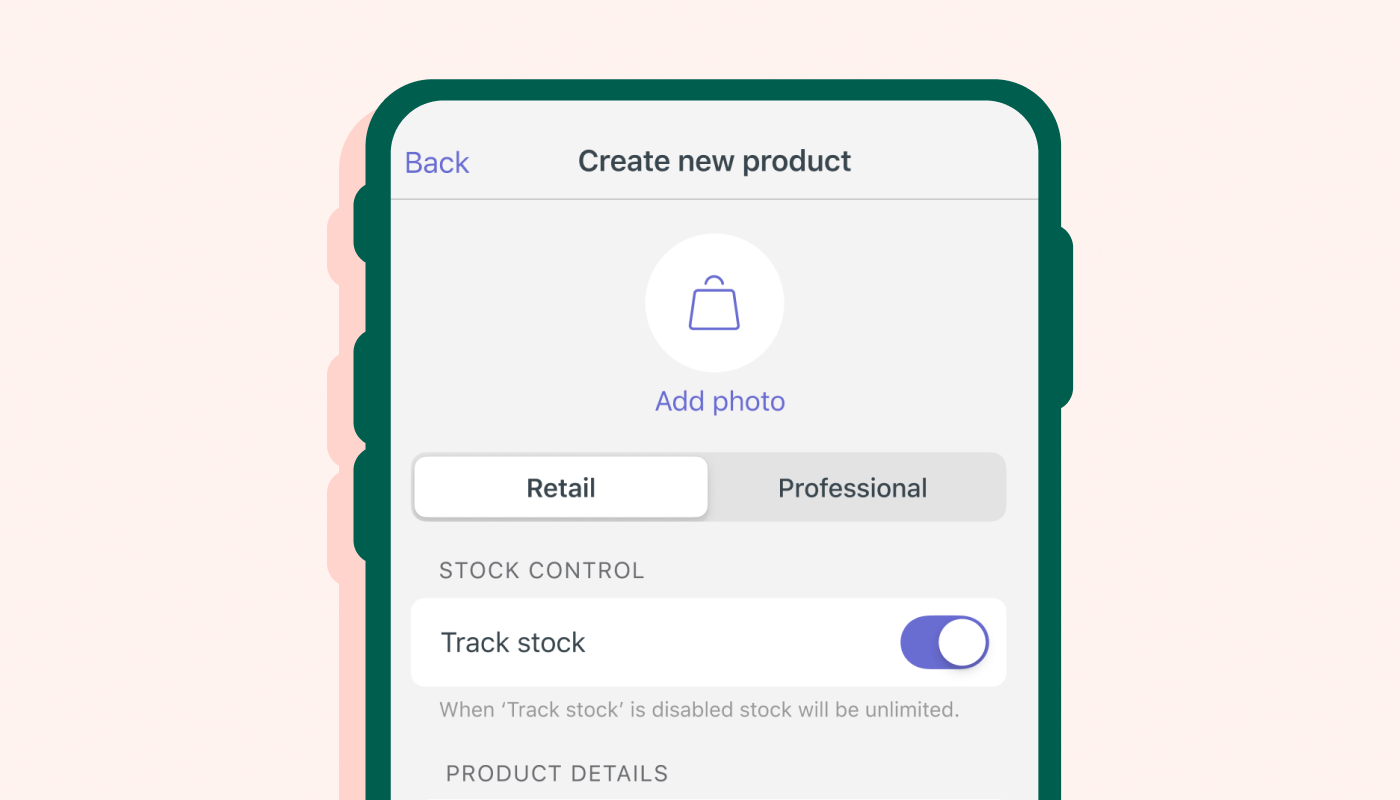The Salon Inventory Glow-Up: Illuminating Best Practices
Whether its selling specialty products to increase your average sale and enhance your brand; or it’s keeping your treatment rooms topped up with the latest cutting edge back counter stock, inventory is a fact of life for those working in the beauty business. Keeping your shelves stocked and drawers full can feel like a full time job in itself, so here are our top 5 tips for salon inventory management.
Track your incomings and outgoings
This may sound obvious but it’s really important to accurately track what stock you physically have on hand at any given time. If you don’t track things you won’t be able to measure what’s selling well and what product lines should be dropped, you won’t know what stock needs to be ordered, and you risk missing out on sales because either your shelves are empty, or your stock is jumbled up in a box out the back. Tracking salon inventory doesn’t have to be complicated or painful, in fact, it’s as easy as one two three:
1. Input stock as soon as it comes in
The Timely Stock iOS app makes this really easy, just scan the barcodes to add the products in; you can even add brand new products in on the go.
2. Track your outgoings
make sure you check out clients (including product sales) through Timely and write off empties as you go so the system knows what’s running low. Again, Timely Stock helps with this!
3. Keep on top of stock orders
Using Timely Stock you can easily keep tabs on your stock levels. When your products start to run low jump into Timely where you can quickly generate a stock order and send directly to your suppliers.
Repeat!

Keep your shelves looking healthy
Part of creating the right environment to make a sale is making sure that you show off your stock to help it look its best. Make sure makeup testers are clean and sanitised, be careful not to damage packaging, and arrange your shelves with your most popular products at eye level. Keep on top of your stock ordering as well to ensure you have a minimum of 5 and absolutely no less than 3 of a product on the shelf at any time. Like the last cookie in the jar, even though it’s perfectly fine to eat, no one ever wants to take the last one. Having a minimum of 3 on the shelf welcomes clients to purchase.

Limit your liability
The flip-side of keeping your shelves nicely stocked is limiting your liability. Having too much money tied up in stock can affect your cash flow and make it difficult to cover your day-to-day expenses. You also need to report on your inventory at the end of the financial year to account for the difference between the value of products that you’ve purchased as a business expense, and the value of your sales. Having huge volumes of stock to report on can complicate (and grow!) your tax bill. To help keep your stock levels manageable you should always shop for stock with a budget. Don’t spend more than you can afford, and try not to impulse buy! If you’re just getting started, focus on a few, popular lines that you can keep stocked and slowly grow these out as your clients get more used to purchasing from you.

Consolidate often
Another trick that can help you avoid waste and manage your stock taxes is to make sure you’re consolidating often, that is, combine those half-empty bottles floating around into one. One item of professional stock looks better on your books, and you’re more likely to use all your product, avoiding unnecessary waste (and lost money!) It’s really easy to write off your empties with the Timely Stock app so consolidating can be done quickly on the go.

Be prepared to change with trends
Just like anything else in beauty, products can be holy grail one month, and gathering dust the next. Jump into your reports regularly and check what’s hot and what’s not. Be prepared to cut anything that isn’t selling to make room for products that will pull their weight. When looking for new lines to stock there are a number of places you can go to for inspiration. Take note of what your clients are asking for, ask around industry groups online, or speak to your product reps about what’s performing well in other businesses. Don’t forget to follow your suppliers on Facebook and Instagram as well so you always know what’s coming.



